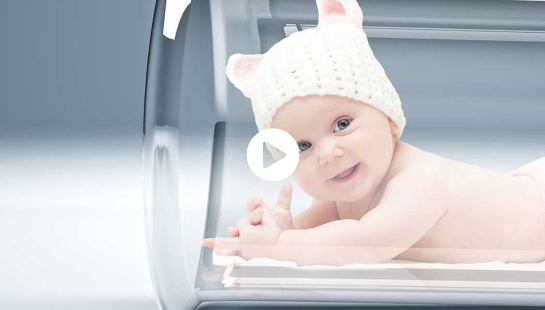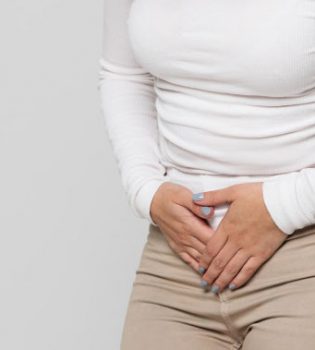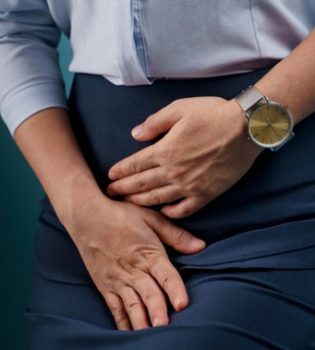The inner layer of the uterus is the layer that covers the inner surface of the uterus, which is renewed by thickening under the influence of ovarian hormones in each menstrual cycle in a woman of reproductive age and is regularly removed from the body with menstruation. This structure hosts the baby when pregnancy occurs and provides the necessary environment for its growth.
Put simply, the inner layer of the uterus consists of two parts, anterior and posterior, folded over each other. Although these two parts are in close contact, they can easily be separated from each other. If this layer is damaged for any reason, especially in problematic curettages, when the anterior and posterior parts stick together in a small or large area, the adhered area becomes unusable and cannot participate in the changes in the menstrual cycle. As a result, symptoms ranging from less menstruation than usual to having no menstruation occur.

Why Do Intrauterine Adhesions Occur?
The most common cause of uterine adhesions in our country is the curettages applied irregularly. Curettage is a procedure applied for diagnosis and treatment in case of miscarriage or excessive bleeding for any other reason. In this intervention, the superficial part of the inner layer of the uterus that causes bleeding problems is taken out, but the deep layer responsible for the renewal of the inner layer of the uterus is left in place. When the procedure is applied too much, the deep layer is damaged and the damaged areas in the uterus stick together and lose their function.
Since the “scraping” method with metal tools, which was widely used in pregnancy evacuations, is now replaced by the vacuum aspiration method, adhesions after curettage have decreased considerably. However, adhesions can still be encountered after interventions that are applied irregularly or that are applied to stop bleeding during the advanced weeks of pregnancy or after delivery. When a curettage is applied, the fact that there is an infection in the uterus or its subsequent development or curettages repeated at short intervals increase the risk of adhesions.
Intrauterine adhesions are rarely seen in uterine fibroid removal operations and after cesarean section, in which the inner layer of the uterus can sometimes be damaged, apart from curettage. Another and very rare condition is tuberculosis of the uterine inner layer.

What Kind of Symptoms Does It Give?
The most common symptom of intrauterine adhesions is the decrease in the amount of menstrual bleeding that the woman is used to in menstruation after the curettage procedure. In addition, the absence of menstrual bleeding after curettage despite drug treatment is another common symptom.
In advanced cases, problems such as recurrent miscarriages and inability to conceive may also occur.
How Is It Diagnosed?
If menstruation is not seen despite drug treatment after curettage, the diagnosis is almost certain. In other cases, definitive diagnosis is made with HSG, sonohysterography or hysteroscopy, which are applied to view adhesions.
How is It Treated?
Absence of menstruation or low incidence does not mean that menstrual blood is trapped inside or that menopause is entered. If the intrauterine adhesions do not affect the daily life of the woman, it is not a condition that must be treated.
In mild adhesions, it is possible to remove the adhesions by placing a spiral inside the uterus and giving hormone therapy for a certain period of time to ensure the regeneration of the inner layer of the uterus.
Today, the most effective treatment of intrauterine adhesions is hysteroscopy. With this method, a more effective and successful treatment is possible by seeing and eliminating the adhesions in the uterus. The success of treatment is directly related to the degree of damage to the deep intrauterine layer.
Whether treated or not, pregnancies of women with intrauterine adhesions are considered to be at higher risk than other pregnancies. In such cases, problems related to the placement of the placenta in the uterus can be encountered.











